What is Technical Diving?
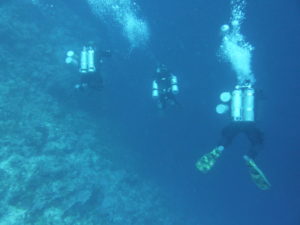 Technical diving is an activity that allows exceeding the limits set for recreational dives in a responsible way. It is diving below 40 meters with decompression procedures, overhead diving beyond the limit of 40 ‘linear’ meters to the surface or diving with accelerated decompression procedures using various gas mixtures. During technical diving, there are risks that do not occur during recreational dives. Therefore, procedures are used that allow them to be minimized and well managed. This means the necessity of safe and efficient use of additional equipment when access to the surface is not possible due to the necessity of decompression or other barriers (for example a ceiling of a cave or a wreck). In technical diving, you should be aware of these risks and accept them. You must also be aware that minor mistakes made at the beginning can lead to huge problems during the dive.
Technical diving is an activity that allows exceeding the limits set for recreational dives in a responsible way. It is diving below 40 meters with decompression procedures, overhead diving beyond the limit of 40 ‘linear’ meters to the surface or diving with accelerated decompression procedures using various gas mixtures. During technical diving, there are risks that do not occur during recreational dives. Therefore, procedures are used that allow them to be minimized and well managed. This means the necessity of safe and efficient use of additional equipment when access to the surface is not possible due to the necessity of decompression or other barriers (for example a ceiling of a cave or a wreck). In technical diving, you should be aware of these risks and accept them. You must also be aware that minor mistakes made at the beginning can lead to huge problems during the dive.
What is not technical diving?
Technical diving is not one when we exceed recreational limits. Diving to a depth of 50 meters with recreational equipment is stupidity, not a technical dive.
Risks.
As I mentioned above, there is more risk associated with technical diving. Each technical diver needs to consider such risk by himself and answer the question if he is ready to accept it with all consequences (and these can be very serious, up to the risk of death). The reward for this acceptance is the opportunity to personally explore the world beyond the reach of recreational divers. The risks I keep mentioning all along are, among others:
- no immediate access to the water surface
- nitrogen narcosis, which usually leads to a poor assessment of the situation as a consequence of its deterioration
- hypoxia or hyperoxia – both phenomena lead to unconsciousness
- DCS, which can lead to permanent health injury or death as a result of exceeding nitrogen levels in the mixture. This may be the result of an incorrect analysis of breathing mixes before diving, planning errors, failure or increased gas consumption as a result of a stressful situation
- omission of procedures or their incorrect implementation may lead to failure, loss of gases, which in turn will lead to the use of incorrect mixtures at given depths. As a result, we get DCS, nitrogen narcosis, CNS, AGE, etc.
Avoiding and managing such risks and ways of dealing with dangerous situations is the goal of a set of technical diving courses under the common name of PADI TecRec. What is more important, these courses will prepare the candidate for a careful dive planning so that it will be safe, even in the event of problems.
What does the technical course look like?
TecRec is a series of training that comprise parts: TecRec40, TecRec45 and TecRec50 (the last course ends with a Tec Deep certificate). Their general structure reminds me a bit the division of training in the recreational part, which is OWD, AOWD and Rescue. A technical course can be done in many federations (I have chosen PADI), but it is good to look closely at not only courses and instructors, but also how the federation promotes safe diving. This is a very important part of the decision-making process. Courses can be done separately in modules. You can also approach the whole (the exam is a bit more painful), then the training takes between 6 and 8 days, depending on how quickly you master the material and skills.
An IT network engineer by profession. A passionate diver. Active diving instructor and EFR (Emergency First Response & Secondary Care) instructor. Technical diver TDI Advanced Trimix Open Circuit and X-CCR Normoxic Trimix. Closed circuit diving enthusiast.
Z zawodu inżynier sieci informatycznych. Z zamiłowania płetwonurek. Czynny instruktor nurkowania oraz instruktor EFR (Emergency First Response & Secondary Care). Nurek techniczny TDI Advanced Trimix Open Circuit i X-CCR Normoxic Trimix. Entuzjasta nurkowania na obiegu zamkniętym na X-CCR.

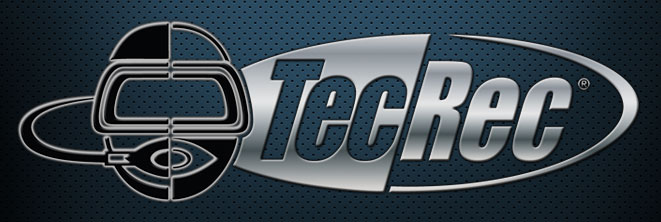

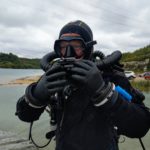

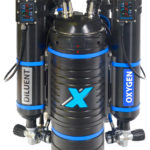

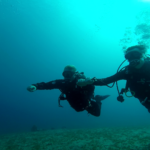

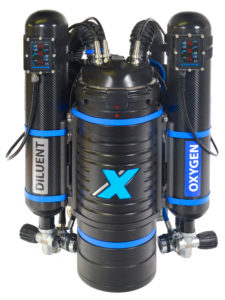
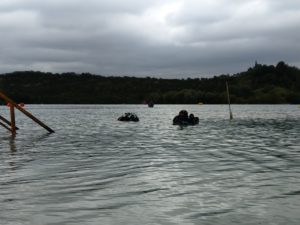

More Stories
Stoney Cove – clean water
X-CCR rebreather
„Turquoise” base St. Andrews Lakes, Halling